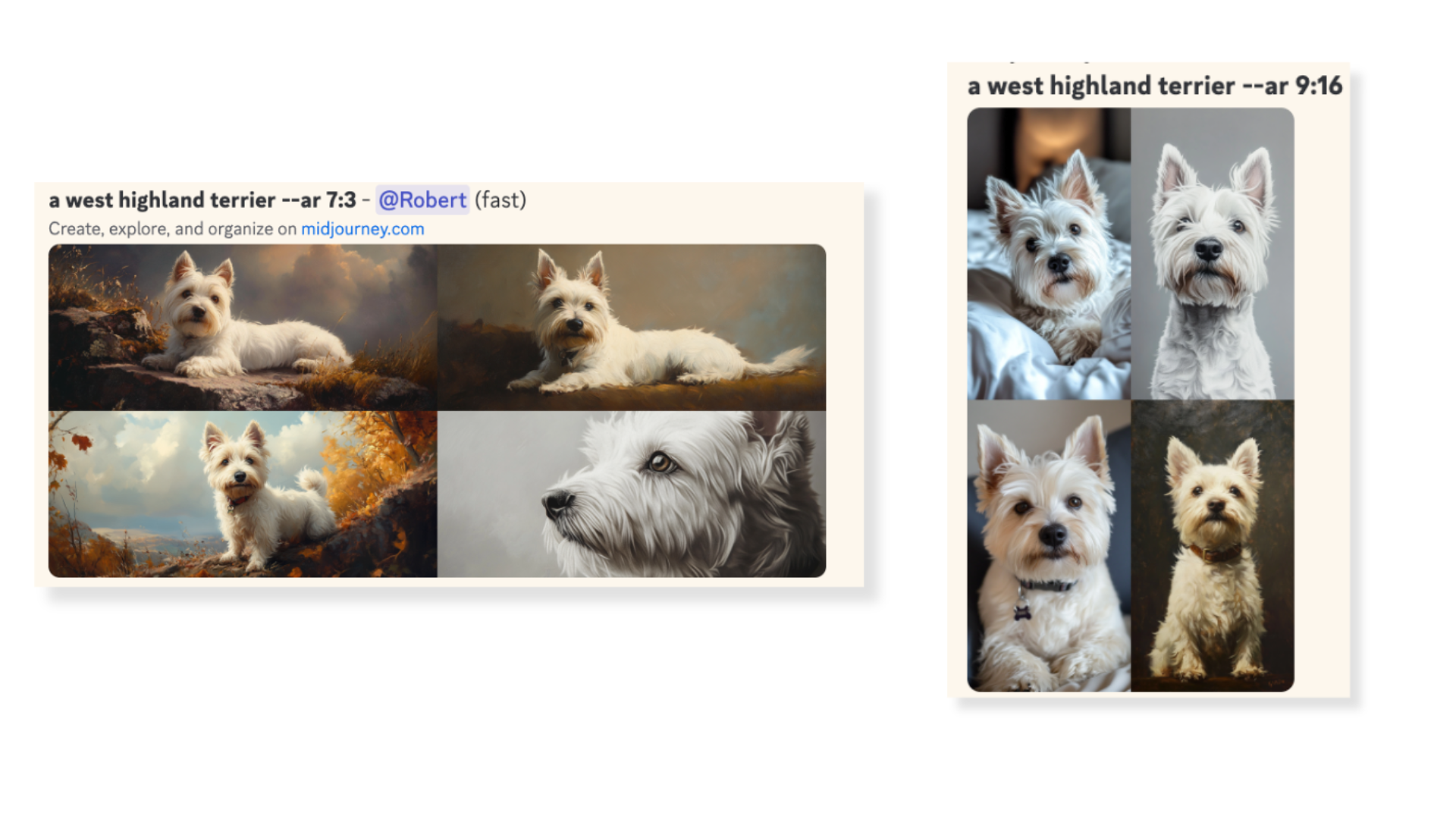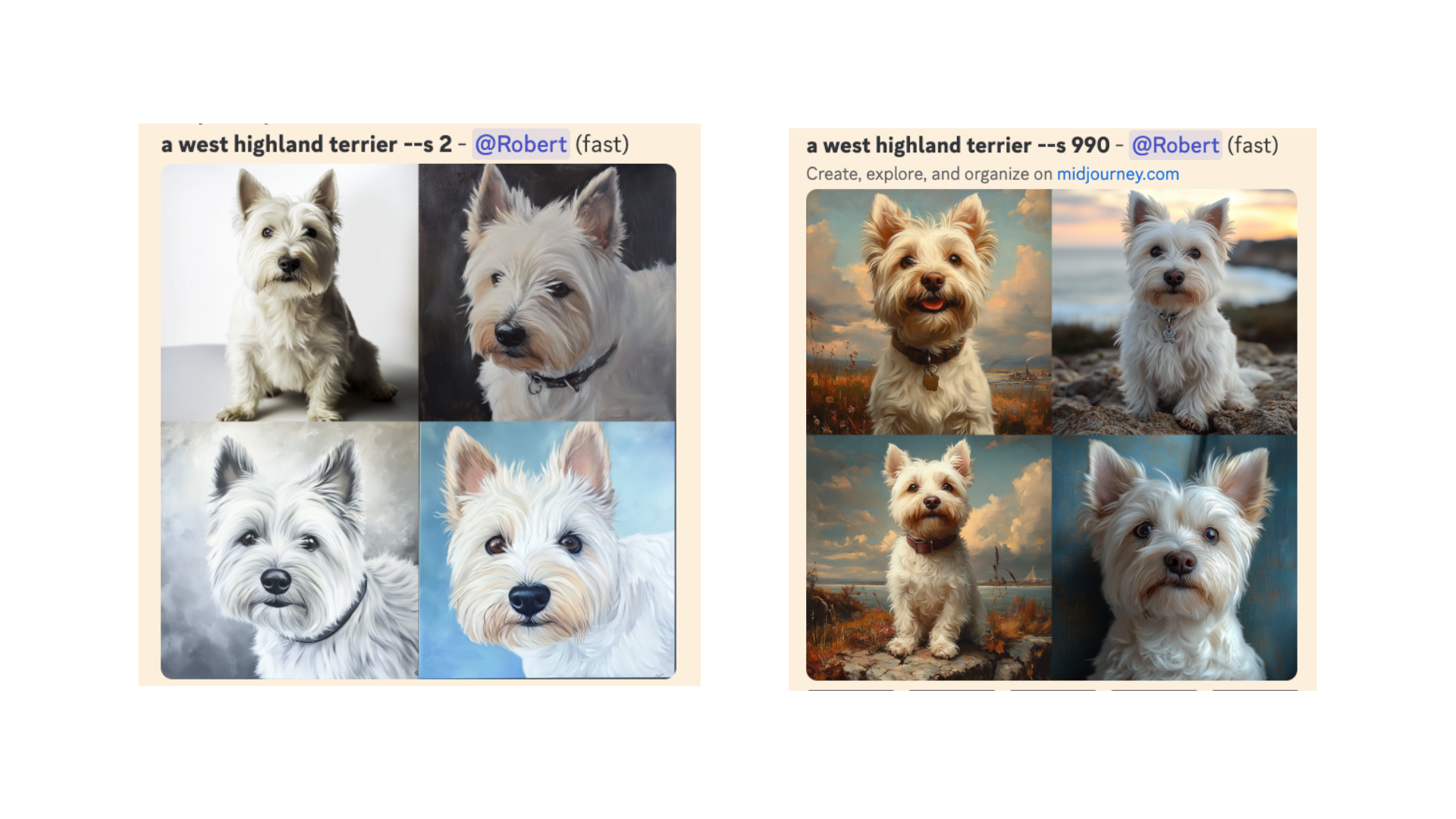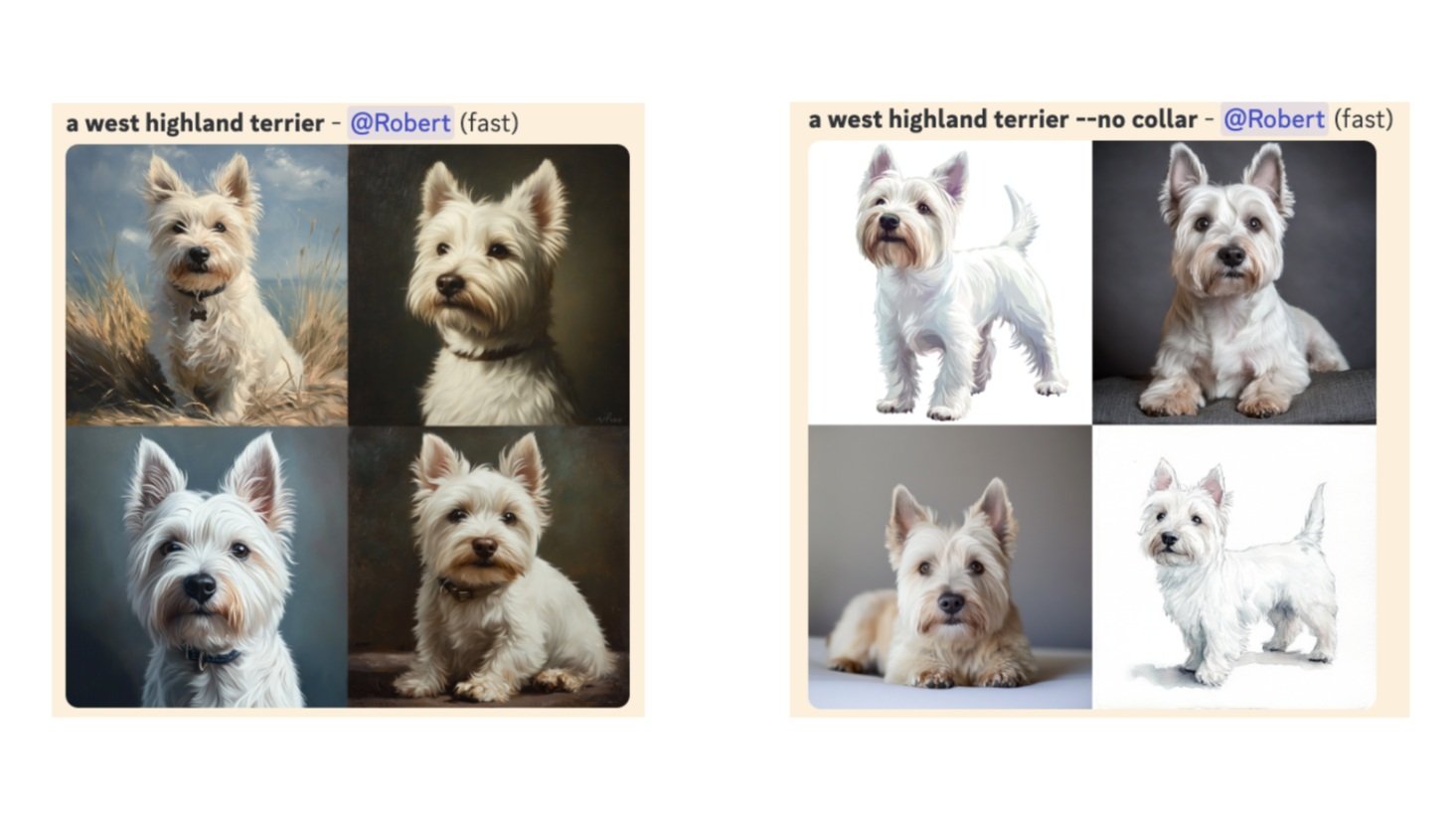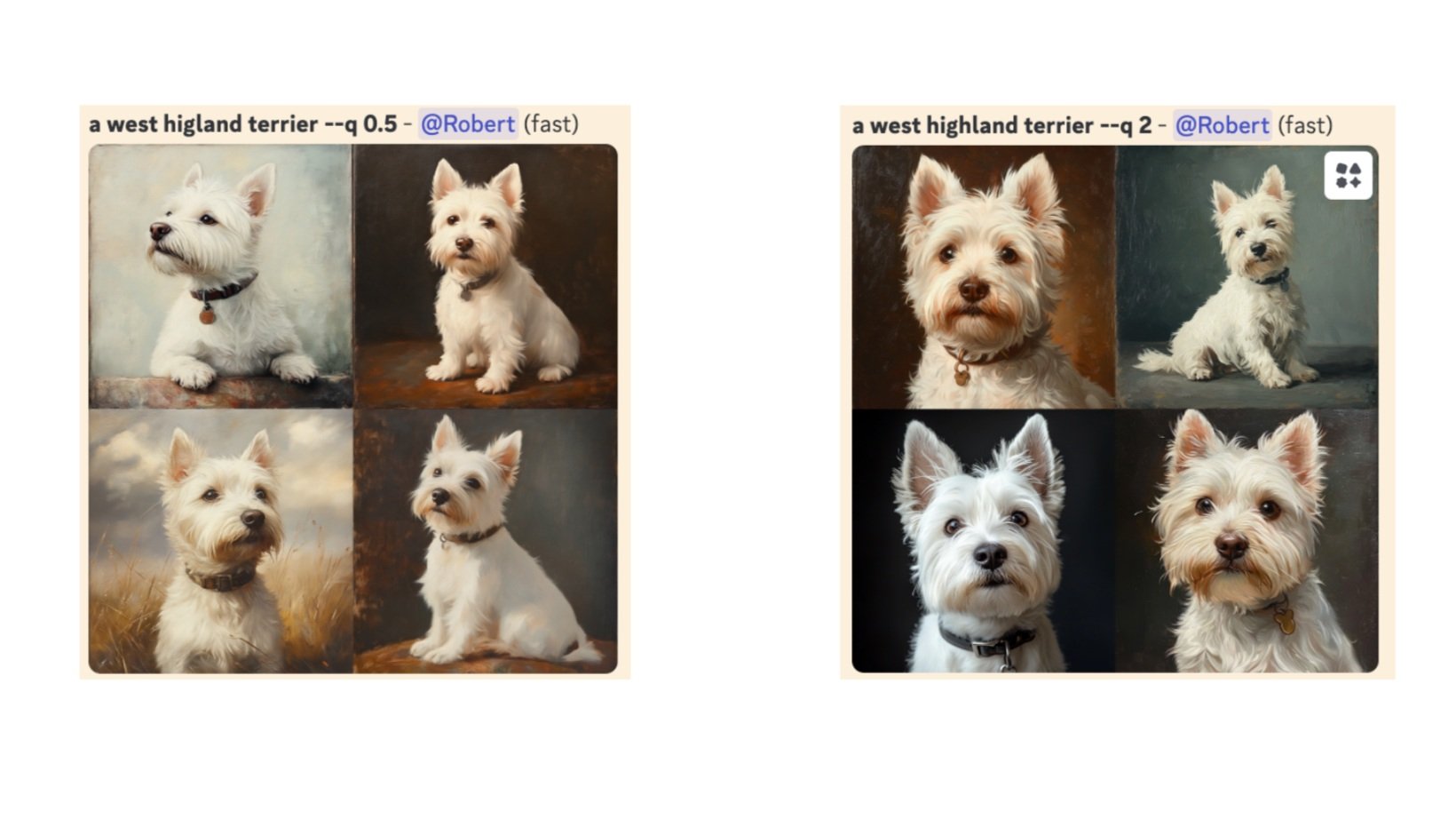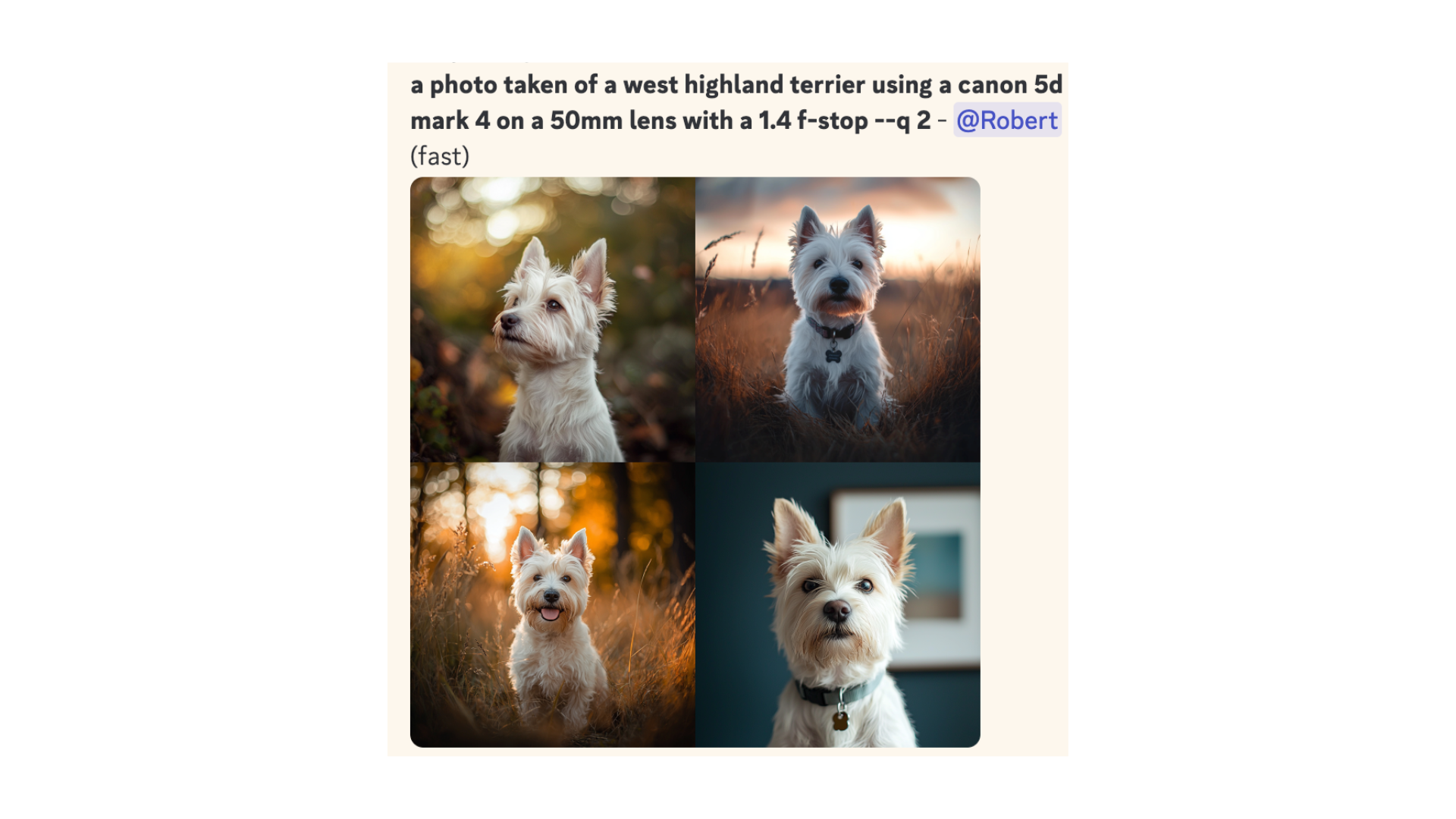Midjourney Text Prompts & Parameters Guide (2025 Update)
Bookmark for quick reference!
Midjourney continues to evolve, offering powerful text-based parameters to fine-tune AI-generated images. Whether you're adjusting the aspect ratio, stylization, or randomness, these commands help you create stunning and customized visuals.
In this guide, we’ll cover all the Midjourney text-based parameters, their number ranges, and how they’ve changed over time. This article is optimized for Midjourney AI text prompts, Midjourney parameters, and AI image generation settings to ensure you get the best search rankings when looking for the latest updates.
Understanding Midjourney Parameters
Midjourney’s AI is constantly updated, meaning parameter ranges and effects may shift with each version. Some values that were limited in early versions have expanded, while others have been refined for better control.
Aspect Ratio (--ar)
What It Does: Controls the width-to-height ratio of the generated image.
Values: Common options include:
--ar 1:1 (Square)
--ar 16:9 (Widescreen)
--ar 4:5 (Portrait)
--ar 21:9 (Ultra-wide)
History: Early Midjourney versions supported only a few aspect ratios, but newer updates allow a much broader range of custom values. This is essential for AI-generated wallpapers, social media graphics, and cinematic compositions.
Chaos (--chaos)
What It Does: Introduces randomness and variation into the generated images. Higher values lead to more diverse and unexpected results.
Values: Can range from 0 to 100.
--chaos 0 → More predictable, structured results.
--chaos 50 → Balanced mix of order and randomness.
--chaos 100 → Wild, experimental, and unexpected outputs.
History: Originally capped at 50, Midjourney expanded it to 1000 in later updates, giving users more creative freedom. This parameter is useful for abstract AI art, surreal digital paintings, and experimental designs.
Stylize (--s)
What It Does: Adjusts the level of artistic interpretation applied to the image.
Values: Can range from 0 to 1000.
--s 0 → Minimal artistic flair, staying true to the prompt.
--s 500 → Balanced artistic influence.
--s 1000 → Maximum stylization with bold and abstract results.
History: The stylization scale has changed over time. Older versions had a default setting around 250, but Midjourney later expanded it for greater control. This is ideal for creating AI-generated paintings, highly stylized portraits, and concept art.
No (--no)
What It Does: Removes specific elements from the image.
Example Uses:
--no trees (Prevents trees from appearing in the image)
--no people (Removes human figures)
History: Introduced early in Midjourney’s development and remains one of the most effective tools for content control. This is useful for AI background removal, product photography, and minimalist designs.
Quality (--q)
What It Does: Adjusts rendering quality and processing time.
Values: Can be set to 0.25, 0.5, 1, or 2.
--q 0.25 → Fastest, lowest quality.
--q 1 → Standard quality.
--q 2 → Higher detail, but takes longer.
History: Originally capped at --q 1, Midjourney later introduced --q 2 for ultra-detailed results. This setting is perfect for AI-generated high-resolution images, print-ready digital art, and professional concept designs.
Tile (--tile)
What It Does: Generates seamless, repeating patterns for wallpapers or textures.
History: This feature has remained largely unchanged but became more stable in later updates. It is widely used for AI-generated seamless patterns, wallpapers, and fabric design textures.
Image Weight (--iw)
What It Does: Adjusts how much an uploaded reference image influences the final result.
Values: Can range from 0 to 2.
--iw 0.5 → Balances text prompt and image influence.
--iw 2 → Prioritizes image over text.
History: Originally limited to 1, but expanded to 2 in later updates for stronger control. This setting is ideal for AI-enhanced photo edits, character design, and digital collages.
Referencing a Midjourney Image:
Select the photo you want to reference (U1, U2, U3, U4) or simply upload your own photo. Select the photo by clicking on it.
Click on “Open in Browser”
In the new window, right click and select “Copy Image Address”
Paste that image address into your message box along with the text prompts and apply the image weight command
Version (--v)
What It Does: Specifies which Midjourney model to use.
Values:
--v 4 (Older version, smoother results)
--v 5 (More detailed and realistic)
--v 6 (Newest and most advanced in 2025)
History: Each update improves rendering quality and customization. The latest version, Midjourney v6, features improved lighting, more natural textures, and refined facial structures, making it the best option for photorealistic AI art, portrait photography, and high-end concept art.
MidJourney Versions & Why You Might Want to Switch
Understanding Midjourney Parameters & Weighting (::)
What is the :: Weight Modifier?
:: is used to assign relative importance to different parts of a prompt. The AI uses this to determine which elements should be emphasized more in the final image.
Values:
The values used with :: can range from 0.1 to 5 (or higher, though diminishing returns occur).
• ::1 → Default weight (no change from normal prompt behavior)
• ::0.5 → De-emphasizes an element (makes it less prominent)
• ::2 → Doubles the importance of an element
• ::3 → Strong emphasis on an element
• ::5 → Makes an element dominate the image
• ::0 → Effectively removes an element (though - --no is more effective for removal)
Example:
If you want to generate an image of a West Highland Terrier but prioritize fluffy fur and a sunlit garden, your prompt could look like this:
"West Highland Terrier::2, fluffy fur::3, sunlit garden::1"
• “West Highland Terrier::2” → The AI prioritizes the breed itself.
• “::3” → The texture of the fur is the most important aspect.
• “Sunlit garden::1” → The setting is included but has standard importance.
Use Intriguing Keywords:
Get great results by incorporating keywords that evoke specific camera or lens types, such as "Canon 5d mk4" or "Sony a7siii." Additionally, experiment with descriptors for realism or details like "photorealistic," "ultra detailed," or keywords related to lighting conditions, such as "cinematic lighting."
What’s New in Midjourney 2025?
Expanded aspect ratios for ultra-wide and vertical content, improving options for cinematic AI art.
Higher --chaos limits, allowing more unpredictable and artistic results.
Improved --no function for better element exclusion, useful for AI-generated clean backgrounds.
More stylization options to fine-tune artistic expression in digital paintings and abstract art.
Newer AI model (--v 6) for enhanced realism, supporting AI-enhanced photography and hyper-realistic character designs.


